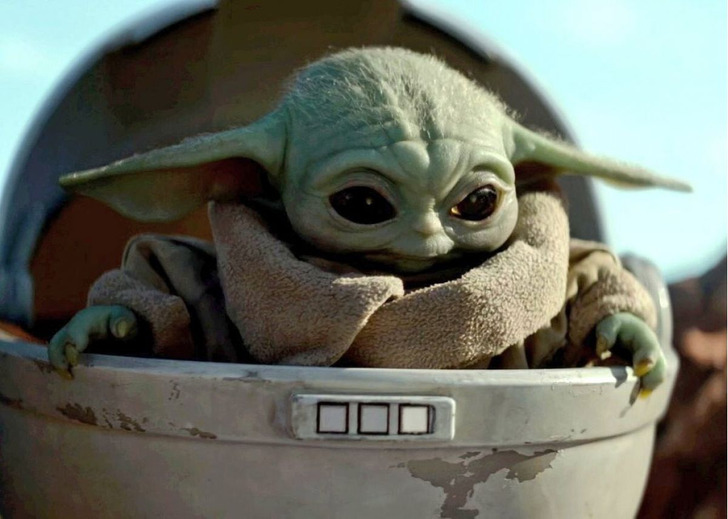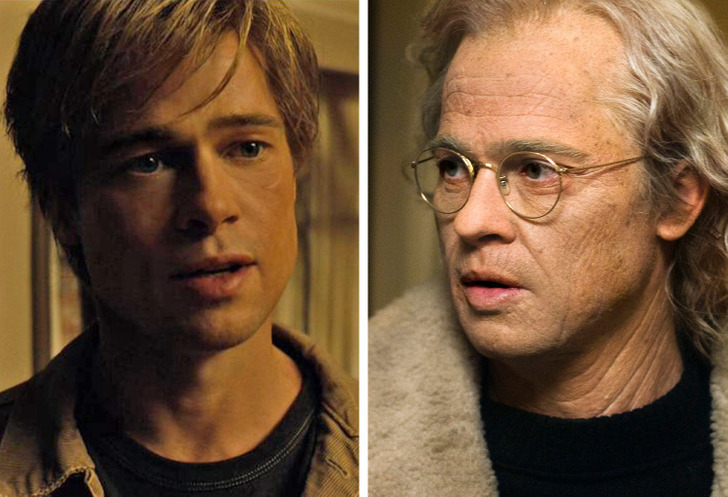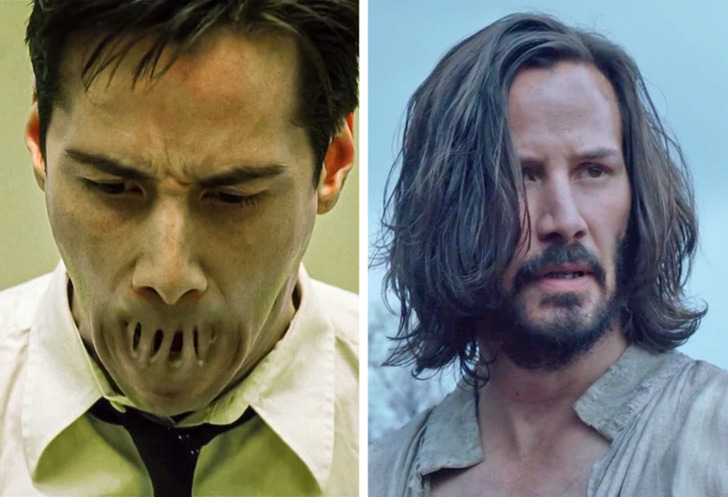“That’s Scary.” Keanu Reeves Has Put a Clause in His Contract That Prohibits the Use of Digital Editing on His Character
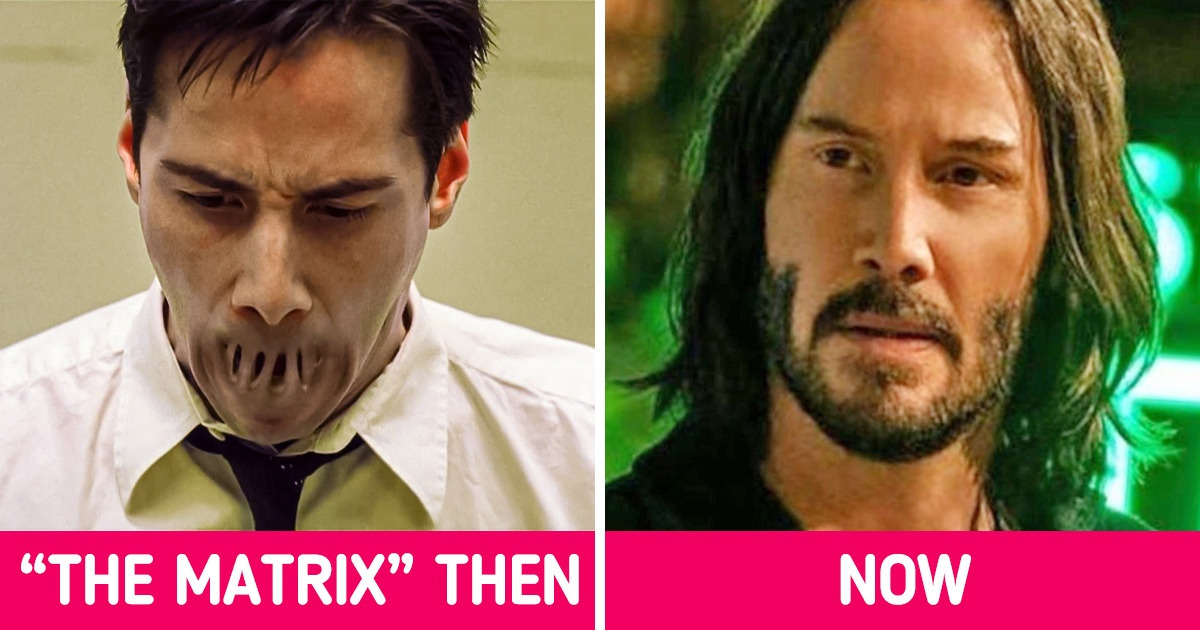
These days, it’s hard to imagine a film without computer graphics. Complex costumes and sets have pretty much become a thing of the past because it’s much easier to “draw” a cosmic landscape and previously unseen creatures using a computer. Complex scenes used to take months to create, but now everything happens much more quickly. However, not all actors are happy with these trends. Keanu Reeves, for example, has prohibited the editing of his characters and explains why he’s intimidated by the widespread use of digital editing in film.
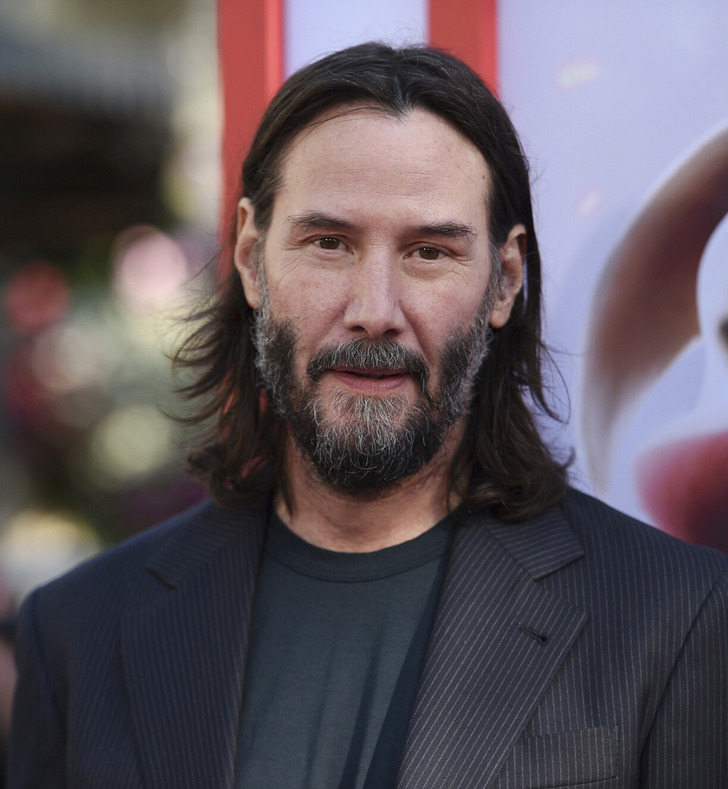
Computer graphics in the world of cinema have reached unprecedented heights. Complex scenes and characters can all be created digitally. And there are many ways to do this: from editing an existing frame to creating a scene from scratch, even without the need for actors. The latter can be achieved using deepfake technologies, for example. People who never existed, or existing people who say and do things that they never actually did, even completely made-up creatures — all this is no challenge for technology and computer editing.
In the film Forrest Gump, there’s a scene where the main character meets historical figures who were no longer alive at the time. In 1994, when the film was released, this scene was the result of months of hard work by computer artists. But now, almost 30 years later, a computer can create the same kind of scene in a matter of seconds, with almost no human intervention.
Another prime example is Brad Pitt’s constant aging and getting younger in his role in The Curious Case of Benjamin Button.
These technologies are fairly new, but they’re already firmly established in Hollywood. They’re used to create previously unseen creatures or to recreate a high-budget scene. Although in the series Wednesday, for example, a person was hired to play Thing. Actors are filmed more often in special costumes to capture their natural movements. Instead of props and sets, there are green screens. It would seem that all this allows the filmmakers to create cooler movies. But it’s not all so straightforward.
Some actors are starting to sound the alarm because with deepfake technology, entire scenes or even films can be created without the actors physically participating on set. You can change facial expressions, make an actor look younger, and add emotion. And then the question arises, when does talent turn into computer graphics? Some critics also believe that all this is simply unethical in regard to celebrities.
For example, there’s a video circulating on the Internet, in which a man, who looks like Morgan Freeman and even sounds like him, asks, “What is reality?” All would be well, except that it’s not actually Morgan Freeman. The entire video is made on a computer.
Keanu Reeves recently spoke out about the use of such technology in films. He said that his contract has a clause prohibiting the digital editing of his characters. The actor doesn’t see a problem in editing existing scenes. And, of course, he’s not against computer graphics when it comes to creating a sci-fi movie, which can’t be created otherwise. But deeper changes scare him.
The actor believes that the more of these changes are made to a character, the less individuality remains there. And that seriously worries him: “It has none of your points of view. That’s scary.” We already listen to computer-generated music, we look at pictures created by AI. And while it’s fascinating to see what modern technology can do, Keanu is troubled by the prospect of further human interaction with machine intelligence.
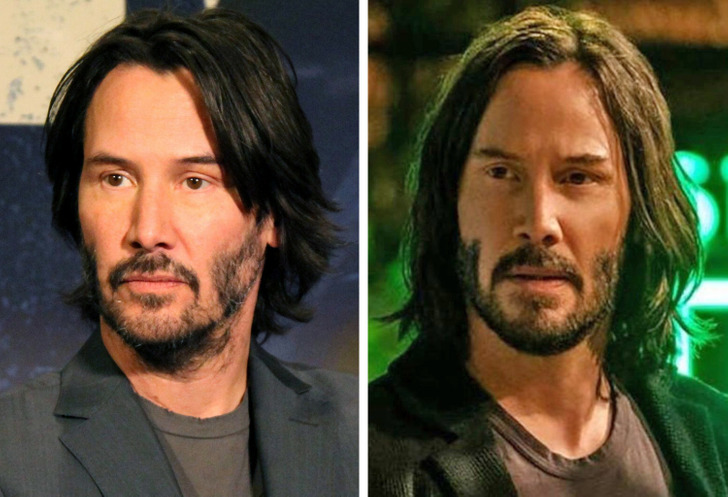
Now, more and more actors are starting to follow Keanu’s example. In any case, such methods of making films and other works of art are fairly new. And the legal basis for their use has yet to be worked out so as not to affect anyone’s copyrights. But the fact remains, that many films with skilled computer graphics look truly spectacular. Maybe Hollywood will start to only use this technology when it’s necessary.
